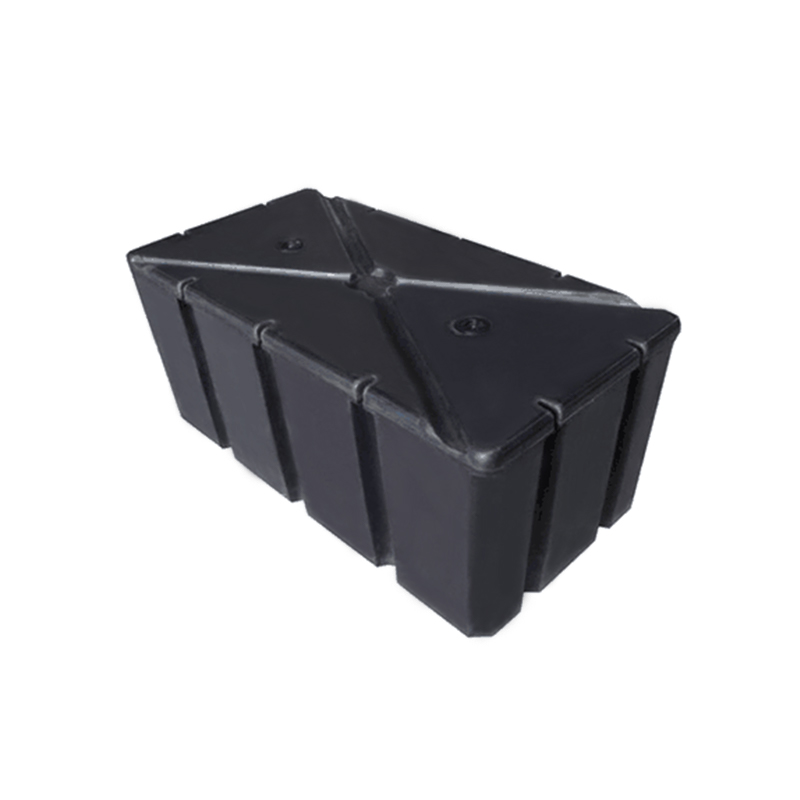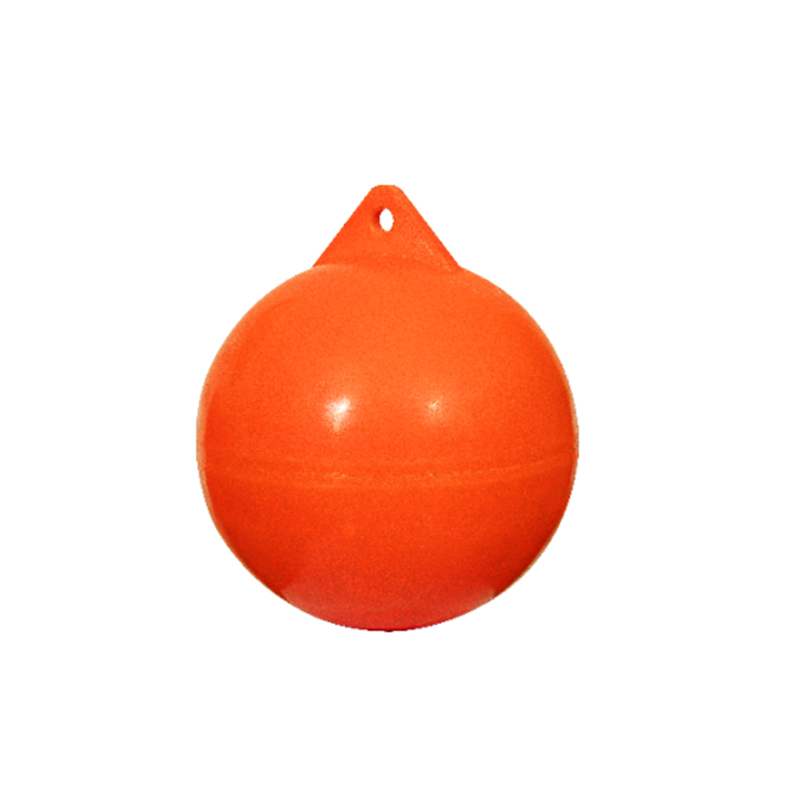Rotomolding Plant Protection Water Tank: Strategies for facing extreme climate
1. High-quality materials ensure weather resistance
Rotomolding Plant Protection Water Tank uses high-quality PE (polyethylene) and LLDPE (linear low-density polyethylene) materials, which are high-performance plastics specially designed for outdoor environments. These materials not only have excellent weather resistance, can resist strong ultraviolet irradiation for a long time, slow down material aging, maintain the bright appearance and stable performance of the water tower, but also have excellent chemical stability, can resist the erosion of various chemical substances, and ensure water quality. safety. In addition, PE and LLDPE materials also have good impact resistance and wear resistance, which can effectively protect the water tower from physical damage and extend its service life even in harsh weather conditions.
2. Strengthen structural design to improve wind pressure resistance
In response to the strong winds that are common in extreme climates, the Rotomolding water tower is designed with a reinforced structure. Through accurate calculation and optimization of wall thickness distribution, the structural strength of the water tower has been significantly improved. At the same time, adding reinforcements and supporting structures not only enhances the overall rigidity of the water tower, but also improves its ability to withstand wind pressure. Even in the case of strong winds, the water tower can remain stable, effectively resist the impact of wind, avoid overturning or damage, and ensure the normal progress of agricultural irrigation and plant protection work.
3. High-efficiency insulation system to cope with extreme temperature differences
Facing climatic conditions with extreme temperature differences, the Rotomolding water tower is equipped with an efficient insulation system. This system uses high-quality insulation materials, such as polyurethane foam, which has excellent thermal insulation properties. By installing an insulation layer inside or outside the water tower, the influence of the water temperature on the outside environment can be effectively reduced and the water temperature can be kept relatively stable. In the cold winter, the insulation system can prevent the freezing and rupture of water pipes caused by too low water temperatures; in the hot summer, it can prevent the deterioration of water quality and the growth of microorganisms caused by too high water temperatures. This not only improves irrigation efficiency, but also ensures the safety of water quality and the healthy growth of crops.
4. Flexible installation and drainage design
Rotomolding water towers are designed with installation flexibility and drainage convenience in mind. Adopting a modular design, the water tower can be disassembled and assembled according to actual needs, making it easy to transport and install. Whether it is flat farmland or complex terrain conditions, you can find a suitable installation solution. At the same time, the water tower is also equipped with reasonable drainage design, including drainage outlets, drainage pipes and other components. Under extreme weather conditions such as heavy rains or floods, these drainage facilities can quickly drain away accumulated water, preventing excessive accumulation of water inside the water tower from causing structural damage or safety hazards. This flexible installation and drainage design not only improves the applicability of the water tower, but also ensures its stable operation under various climate conditions.
5. Regular inspection and maintenance
In order to ensure the long-term stable operation of the Rotomolding Plant Protection Water Tank under extreme climate conditions, regular inspection and maintenance are essential. Regular inspections include comprehensive inspections of appearance, structure, insulation, drainage systems, etc., with the aim of discovering and dealing with potential problems and hazards in a timely manner. For example, check whether the water tower has signs of cracks, deformation or wear; check whether the insulation layer is intact; check whether the drainage system is unobstructed, etc. In addition, the inside of the water tower needs to be cleaned regularly to prevent the growth of dirt and microorganisms and to maintain clean and hygienic water quality. Through these regular inspections and maintenance work, you can ensure that the water tower can still achieve optimal performance and efficiency under extreme climate conditions.


 English
English عربى
عربى




















